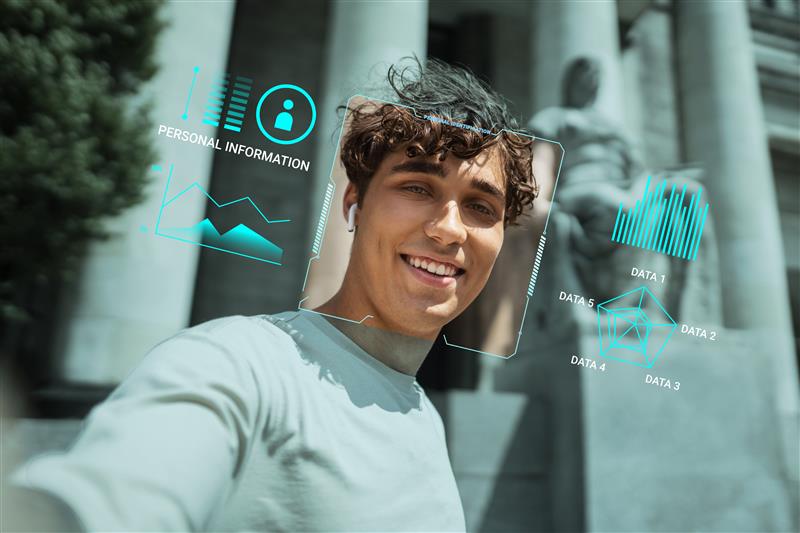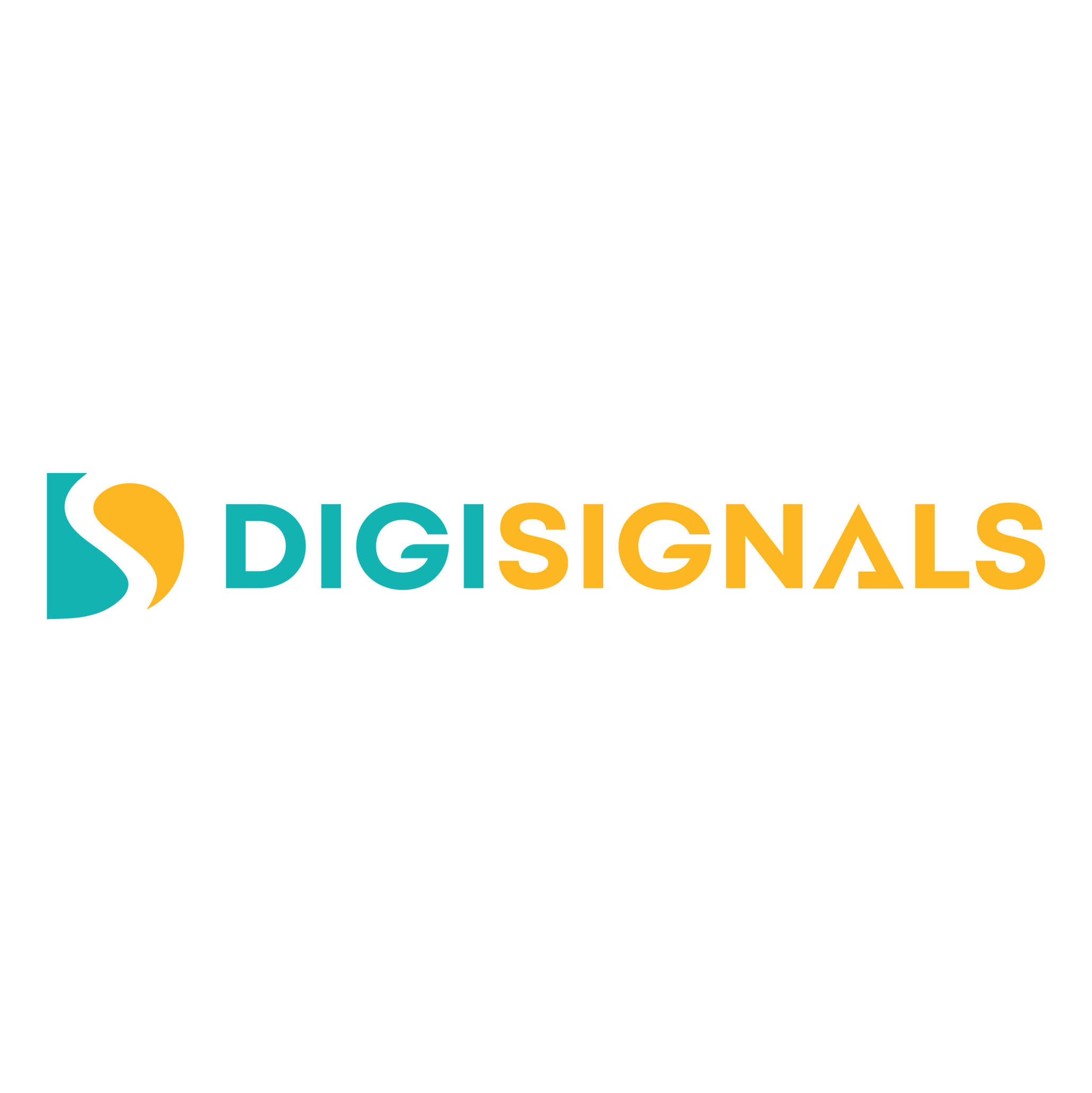Computer Vision in Business : Real-World Applications

Introduction
Computer vision, a branch of AI that enables machines to "see" and interpret visual data, is revolutionizing industries worldwide. From automated quality control in manufacturing to enhanced security through facial recognition, businesses are leveraging computer vision to drive efficiency, accuracy, and innovation.
In this blog, we explore how computer vision is transforming businesses, its key applications, and real-world examples of its impact.
1. What is Computer Vision?
Computer vision uses AI and deep learning to analyze and interpret images or videos. It mimics human visual perception but at a much larger scale and speed.
How it works:
Image Acquisition – Collects visual data from cameras, sensors, or databases.
Processing & Feature Extraction – Identifies patterns, objects, and anomalies.
Decision Making – Provides insights or triggers automated actions.
Example: Google Lens uses computer vision to identify objects, landmarks, and even translate text in real time.
Impact: Businesses extract valuable insights from images and videos, automating tasks that were previously manual.
2. Key Business Applications of Computer Vision
Retail & E-Commerce: AI-Powered Checkout & Personalized Shopping
Example: Amazon Go stores use AI-powered checkout systems that track customers' selected products and automatically charge them upon exit. Pinterest’s Visual Search allows users to find products just by uploading an image.
Impact: Reduces checkout friction and enables hyper-personalized shopping experiences.
Healthcare: AI-Assisted Diagnostics & Medical Imaging
Example: IBM Watson Health uses AI to analyze medical images and detect early signs of cancer. Google’s DeepMind AI detects eye diseases by analyzing retinal scans.
Impact: Faster and more accurate disease detection, improving patient outcomes.
Manufacturing: Quality Control & Defect Detection
Example: Tesla and BMW use AI-powered vision systems to detect manufacturing defects in car parts. Foxconn employs AI-based visual inspection to ensure flawless electronics production.
Impact: Reduces production errors, recalls, and operational costs.
Security & Surveillance: Facial Recognition & Anomaly Detection
Example: Airports use facial recognition for faster and secure passenger identification. Retail stores use AI surveillance to detect suspicious activities and prevent theft.
Impact: Strengthens security measures and reduces human monitoring efforts.
Agriculture: Precision Farming & Crop Monitoring
Example: John Deere’s AI-driven tractors analyze crop conditions and optimize harvesting strategies. Drones use AI-powered vision to scan large farmlands and detect plant diseases.
Impact: Increases crop yield and reduces losses due to disease.
Autonomous Vehicles: Object Detection & Self-Driving Tech
Example: Tesla’s Autopilot uses computer vision to detect obstacles, pedestrians, and traffic signals. Waymo’s self-driving taxis use AI-powered cameras to drive autonomously in urban areas.
Impact: Reduces accidents and enhances road safety.
3. Best Computer Vision Tools & Platforms
OpenCV – Open-source library for image processing and object detection.
Amazon Rekognition – AI service for facial recognition and video analysis.
Google Cloud Vision API – Extracts insights from images using AI.
Microsoft Azure Computer Vision – Analyzes and categorizes visual content.
Impact: Businesses can choose a tool based on their industry needs and scalability requirements.
4. The Future of Computer Vision in Business
AI-Powered Augmented Reality (AR) – Enhancing shopping experiences with real-time product visualization.
Emotion Recognition AI – Detecting human emotions through facial analysis for marketing and security.
Edge AI for Real-Time Processing – Faster AI-powered image recognition without cloud dependency.
